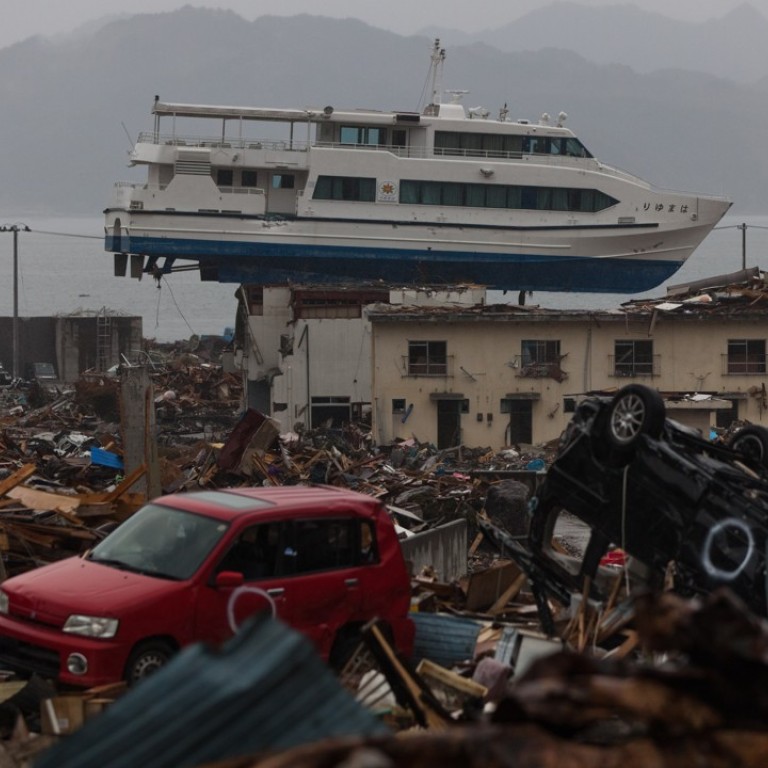
Review | Three free apps to warn travellers of natural disasters – how good are they?
From volcanic eruptions and earthquakes to hurricanes and tsunami, these handy apps will give you the information you need, wherever you are
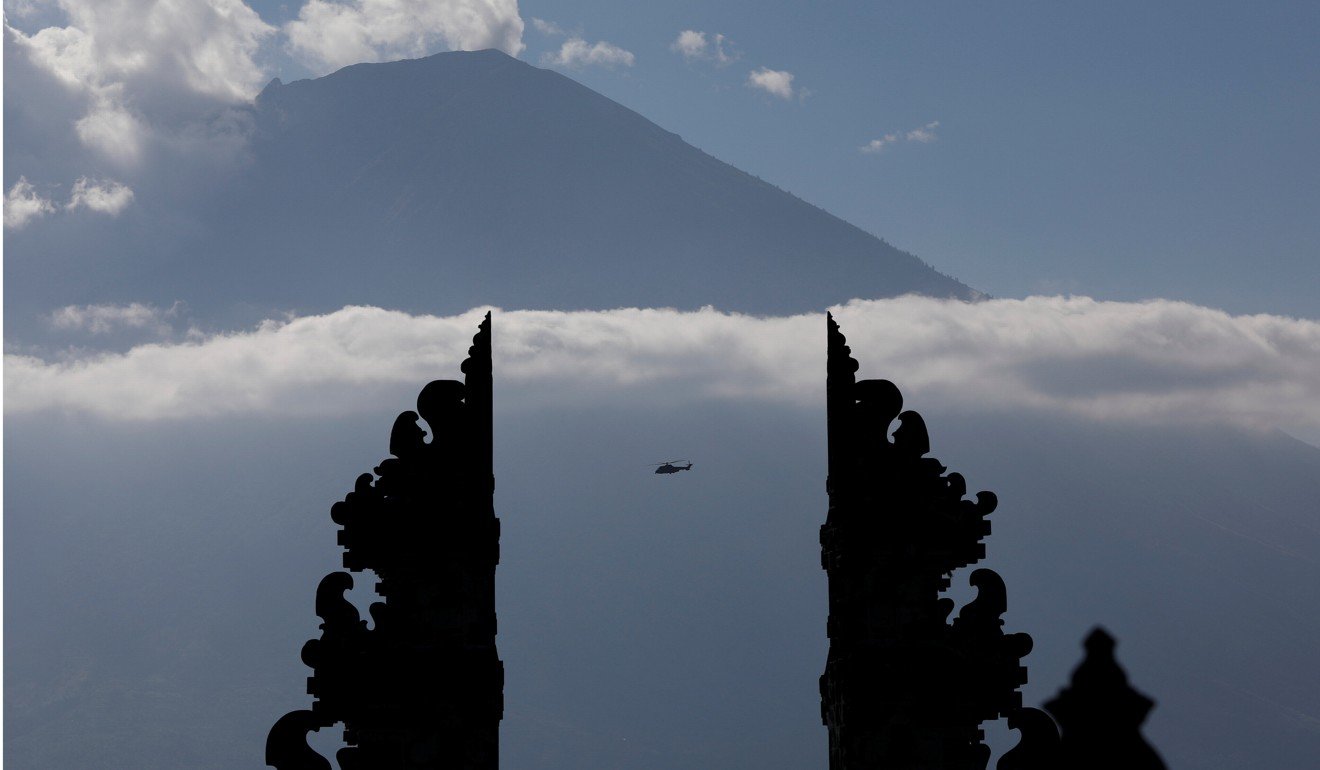
Bali’s menacing volcano puts tourists’ plans on back burner
There’s no point in avoiding travel out of fear of natural disasters, but there are apps that can warn you when something’s not quite right in your chosen destination, and even help you cope if the worst happens. We put three of them to the test.
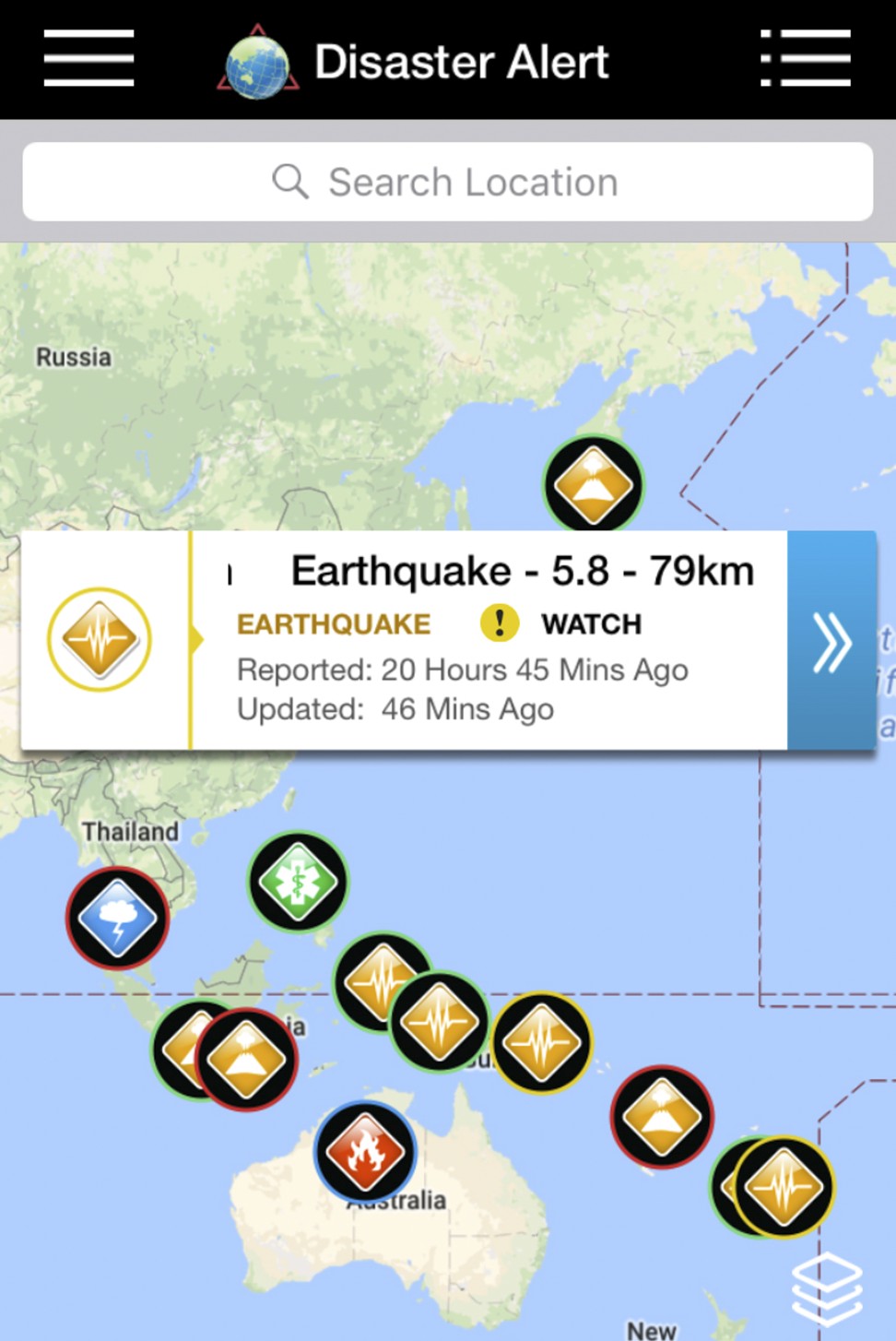
Disaster Alert
Available for Android and iOS, this free app has been developed by the Pacific Disaster Centre in Hawaii. It presents a world map with disasters highlighted, from earthquakes, volcanoes and hurricanes to avalanches, landslides, floods and forest fires.

It even contains details of virus outbreaks. Powered by PDC’s DisasterAWARE platform, it can be set to give you notifications based on your GPS location, so you don’t have to continually check it. Each event is clickable, and presents a pop-up table with more details, and there’s a “news ticker” feel to the app.
Temple city Bagan after the earthquake: what’s still to see and where to go
However, that design doesn’t extend to practical use because its “active hazards” don’t seem to be refreshed as often as they could be. For example, Mount Agung’s status hadn’t been updated for three days, while an outbreak of a virus in the Amazon rainforest was based on information that was more than five months old. That all makes it difficult to judge exactly how serious the event is, and if you delve into a specific incident you’ll most likely find a trove of meaningless scientific data.
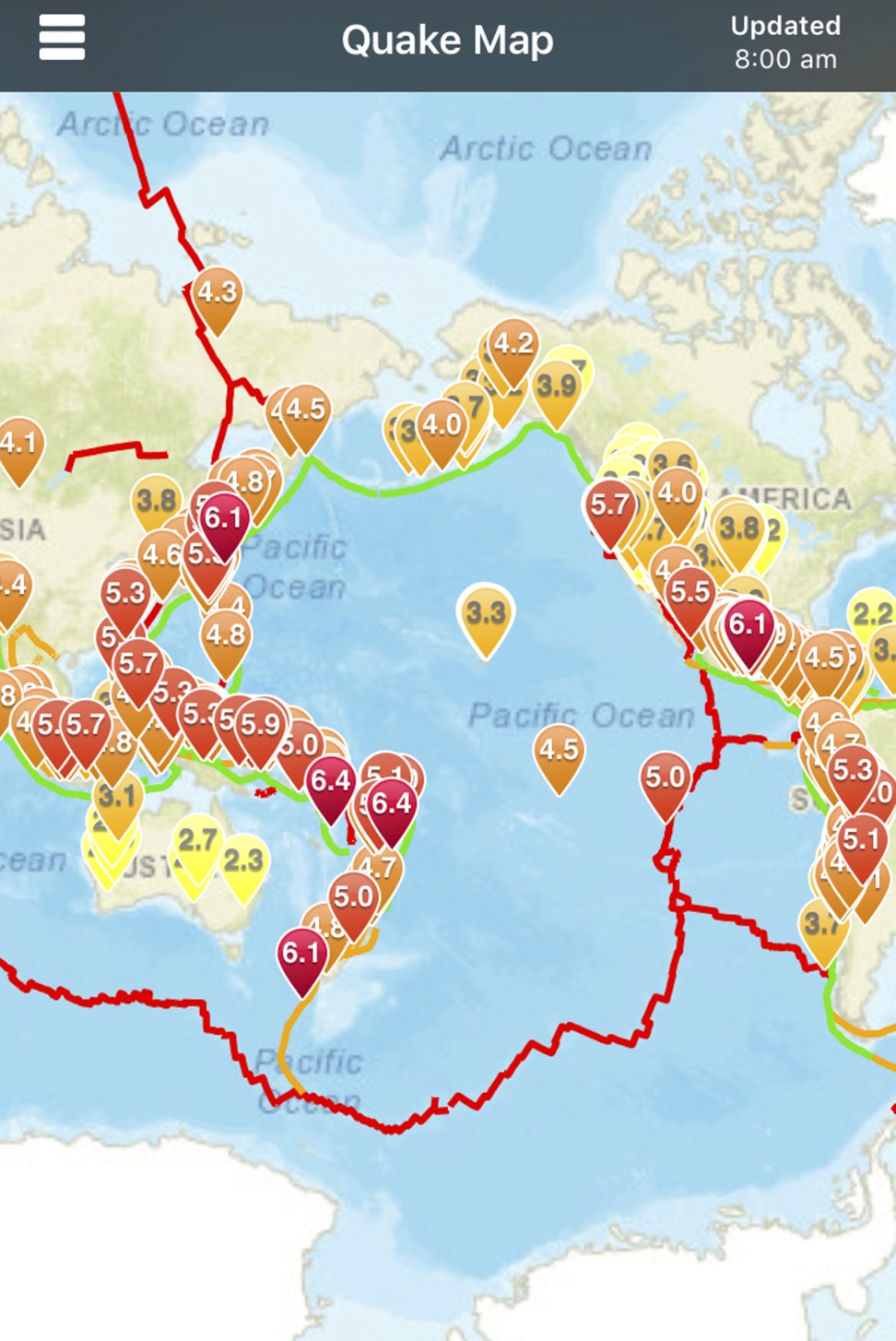
QuakeFeed Earthquake Map, News and Alerts
This free app for the iPhone and iPad is not only one of the best-looking around, it’s also one of the most comprehensive for global earthquakes. Until recently the app only advised of earthquakes higher than magnitude 1.0 in the US and 4.5 in the rest of the world, but that’s now changed with the introduction of data feeds from the more globally focused European-Mediterranean Seismological Centre.
The travel apps that could make your next holiday cheaper, easier and better
When you open the app it immediately shows you what is happening in the so-called Ring of Fire, the hotbed of seismic activity in the Pacific Ocean. You can also inspect a list of the latest earthquakes, and zoom in to see exactly where they occurred. However, the app is focused on the areas you want to know about. So as well as alerting you to earthquakes near to your location, you can also set the app to let you know about earthquakes in specific countries. That’s useful to anyone with a loved one travelling through, or living in, a particularly high-risk area. The app also allows you to set an alert only for earthquakes over a certain magnitude, so you don’t worry unnecessarily about every small tremor.
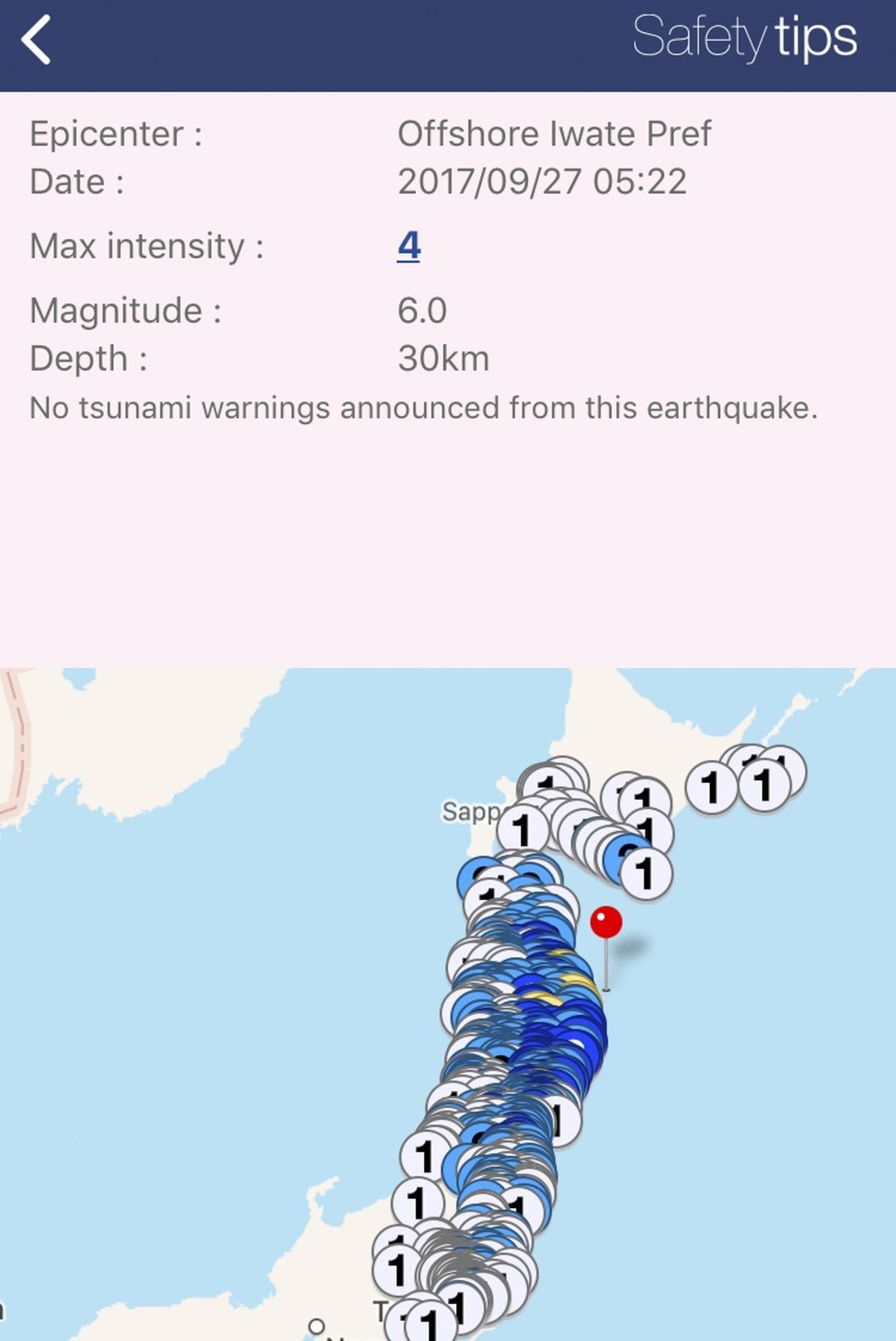
Safety Tips
Many travellers find Japan an irresistible place to visit, but just as many are fearful of its frequent natural disasters, particularly earthquakes and tsunami. Cue this slightly misnamed free earthquake early warning app recommended by the Japan National Tourism Organisation. Available in simplified and traditional Chinese, Korean, Japanese and English, Safety Tips is designed for tourists, but works like most disaster apps. It will track the GPS location of your phone and send alerts about earthquakes occurring nearby, while also allowing you to select five locations for which you would like to receive earthquake warnings.
Three smart travel journal apps to document your trips on your smartphone
Although the headline act concentrates on earthquakes and tsunami, the app also deals with severe weather, and gives you information on transport, emergency shelters and emergency contacts. However, the link to see shelters merely takes you to another app, and we found this app to be rather slow to download the latest data.

